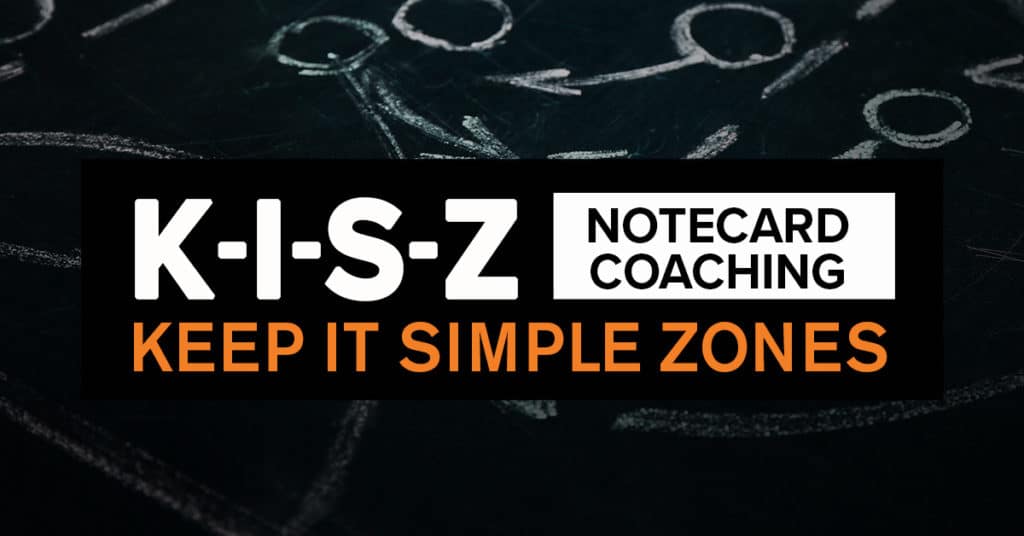Register for our monthly meet-up with members
November 1st at 8pm EST
Offensive Actions to Consider this Season
Join Dustin Aubert on a call to discuss offensive strategies for this upcoming season.
9 Cutting skills for players without the ball
I recently broke down game film to help coaches teach players how to cut without the ball. Take a look at the recording to learn more!
HOW TO REACT TO THE DRIBBLE
THE COMMON SENSE BEHIND READ & REACT 2.0
How should players without the ball react to the dribble? It seems coaches have a hard time deciding what’s best.
Let’s face it, when the ball handler begins to dribble, most players without the ball should not only adjust to the change of spacing, they should be moving with purpose and intelligence.
Let me “raise the hood” and show you the common sense that Read & React 2.0 applies to dribbling actions.
Dribbling is divided into two “readable actions.”
1. The Ball is driving toward the goal, penetrating the 3-point line or 2. The ball is being dribbled East-West so to speak; it’s being dribbled AT a teammate outside the 3-point arc, with no intention of driving to the goal.
Now, if you have players who dribble the ball in such a way that you cannot tell whether it’s a drive or a dribble-at, it’s because they are trying to drive without an advantage. You’ll have to teach them driving clues or triggers, like Killing Close-Outs, or waiting until you have a chance for a Momentum Move. There are other driving tactics you can teach from Read & React 2.0 along with matching drills. Look inside Layer 1.
First, let’s take the East-West Dribble-At. Some coaches will teach their players to push to the next spot while the ball handler pulls a teammate into the spot behind them. We don’t do that because there’s no threat to score. In Read & React the player being dribbled-at must cut to the rim. The ball handler is not threatening to score, so it only makes sense to let this cutter be a scoring threat.
Compare that to Dribble Penetration. When the ball handler punctures the 3-point line, he or she is threatening to score – putting pressure on the rim, so to speak. We don’t need their teammates cutting to the rim. Instead, teammates without the ball are pushed to the next perimeter spot. This pushes a moving teammate into a Natural Pitch window, and it pulls a teammate into the spot behind the penetrator. These are just two of the 4 passing windows available.
There are other reasons for this push-pull-circle-movement by the players without the ball, like: increasing the recovery distance of the helping defender or the fact that the direction of movement is the opposite direction that defense helps and rotates. But let’s not go there. You can find those reasons and more in Read & React 2.0.
Want more courses to enhance your zone? Login to the vault and take a look at these courses!


